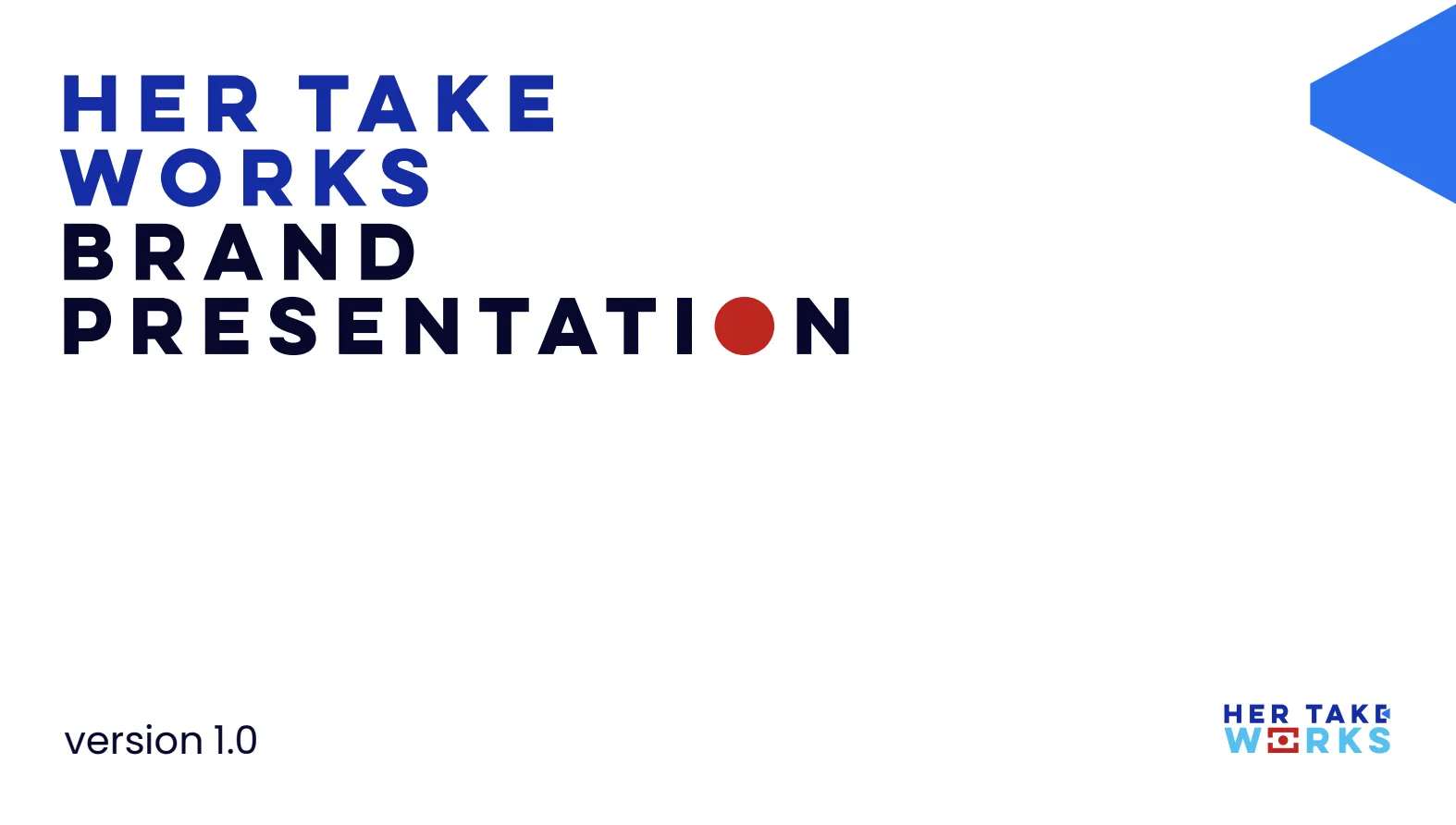Optimizing for search engines is no longer enough. An emerging layer of AI-driven answers is transforming how audiences discover content. In fact, 85% of news organizations are already experimenting with generative AI in their workflows, a clear signal that the rules of content discovery are changing. This white paper from Adriana Lacy Consulting argues that news publishers must expand their strategy from traditional SEO to Generative Engine Optimization (GEO). GEO focuses on making your content the trusted source that AI-powered engines like ChatGPT, Google’s Generative Search, Claude, and others cite in their answers. The goal: ensure your journalism not only ranks in search, but is featured in AI-generated responses.
This paper provides a high-level strategic overview of SEO vs. GEO, why GEO matters, and how generative AI engines are reshaping content discovery. We include comparisons, real examples of AI answers versus search results, and strategic insights into optimizing for AI-driven platforms.
Evolution of Search Optimization
Search Engine Optimization (SEO) has long been the backbone of digital audience strategy for publishers. SEO is about getting found on traditional search engines throught tactics like optimizing headlines, keywords, and site structure so that your articles rank high on Google or Bing and attract clicks. Core SEO tactics include keyword research, meta tags, link building, and ensuring fast, crawlable websites. These remain essential for discoverability on the classic “blue links” search results.
Generative Engine Optimization (GEO), by contrast, is about getting featured. It’s the process of optimizing your content so that AI-driven answer engines select your content to generate direct answers in response to user queries. Rather than solely aiming for a click-through, GEO’s goal is to have your information embedded in the answer itself, positioning your newsroom as the authoritative source that a generative AI references for its response. In other words, SEO helps you get found; GEO helps you get featured.
Comparing SEO and GEO
While SEO and GEO share the ultimate mission of connecting audiences with your content, they approach it differently. SEO focuses on ranking pages to drive clicks, whereas GEO focuses on structuring and signaling content so it can be synthesized and cited by AI.
.webp)
Importantly, GEO doesn’t replace SEO, it builds on it. You still need strong SEO foundations (fast, indexable pages with relevant content) as a baseline. Think of GEO as the next evolution: it leverages your SEO groundwork but adds a new objective of being the answer rather than just the top link. Publishers should pursue both in tandem to maximize visibility.
Why Generative AI is Reshaping Content Discovery
Search behavior is undergoing a fundamental shift. Users are increasingly getting information directly from AI-driven results instead of clicking through to websites. Google’s introduction of generative AI answers (the Search Generative Experience “SGE”, also known as Google Gemini) and the rise of AI assistants (ChatGPT, Bing Chat, Anthropic’s Claude, Perplexity, etc.) mean that a user can ask a question and receive a synthesized answer drawn from multiple sources, all within a single response box.
Traditional search showed a list of links, forcing the user to click for details. Now, AI-powered search can deliver the key information upfront. For example, a user searching “How do I start a herb garden?” might receive an instant multi-paragraph overview with step-by-step tips, pulled from various gardening websites, with perhaps only a footnote linking the sources. The user feels they have their answer without needing to visit any one site. In Google’s SGE, these AI-generated summaries appear at the very top of the results page (a new “Position 0”), pushing the traditional organic links further down.
This paradigm shift has major implications for publishers: content can be consumed without generating a click or pageview for you. Users satisfied by an AI summary won’t visit your site, even if your reporting informed that summary. In fact, since Google launched AI Overviews in search, the rate of “zero-click” searches has skyrocketed. Recent data shows nearly 69% of news-related Google searches now end without any click to an article – up from 56% before AI answers were introduced. That means over two-thirds of users get what they need from the search page itself. Correspondingly, organic search traffic to news sites plummeted from about 2.3 billion monthly visits at its mid-2024 peak to under 1.7 billion by spring 2025.
.webp)
This trend isn’t limited to Google. Hundreds of millions of users are now turning to chat-based AI platforms for information. ChatGPT alone reaches multiple millions of monthly users, and upstart AI search engines like Perplexity are also seeing a surge in usage. Crucially, users also report high trust in these AI results. Approximately 70% of consumers already trust generative AI search outputs, especially when sources are cited. In short, audiences are embracing AI-driven Q&A as a way to find content, from simple fact checks to complex explainer topics.
For publishers, this means your content strategy must account for an ecosystem where visibility doesn’t automatically equal clicks. You may rank #1 in traditional search, but if an AI snippet answers the query, many users won’t bother clicking your link. It challenges the long-held assumption that ranking first is the ultimate goal. Now, the goal is to be incorporated into the answer.
How AI Answers Surface Content (Example)
To better grasp the difference, consider a query like “What are the best rainy day activities for kids?”:
- Traditional Search: Google would return a list of links – e.g. a parenting blog or news article “10 Fun Indoor Activities for a Rainy Day.” The user must click through to read the suggestions.
- Generative AI Answer: Google’s SGE or an assistant like Perplexity might instantly deliver a concise list of activity ideas (board games, indoor obstacle course, art projects, etc.) compiled from multiple sources. The answer is presented in plain language, often with a conversational tone. Sources may be listed only as small hyperlinks or not explicitly mentioned at all. The user gets a quick overview of “the answer” without leaving the search results page.
In the AI scenario, your content might be one of the sources behind the scenes. For instance, your feature story on creative indoor games could be partly quoted or its tips extracted in the AI’s compiled answer. But the user might never know your site provided that insight unless they expand the citations. This underscores why GEO is vital – you want your content to be chosen by the AI and credited clearly so that savvy users (or the AI itself) acknowledge your brand. It’s about ensuring that when AI feeds answers, your journalism is the ingredient in the recipe.
The Strategic Case for GEO
Why should news publishers invest in Generative Engine Optimization now? Simply put, AI-driven search is already eroding the traffic and revenue delivered by traditional search, but it is also creating new winners. Publishers who adapt can maintain authority and audience reach; those who don’t risk invisibility as habits shift.
1. Traffic Patterns Are Changing: As noted, AI answers are siphoning off a large share of clicks. Gartner predicts that by 2026, organic search traffic will decrease by over 50% as consumers embrace AI search assistants. We’re seeing the beginnings of this decline already. Publishers can no longer rely on Google search referrals growing year over year; in fact many are experiencing year-over-year drops in search traffic in the double digits. Ignoring GEO means accepting continual traffic losses.
2. However, Brand Visibility Opportunities Are Rising: Where raw traffic may decline, brand impressions and authority can actually surge if you play the GEO game. Being the quoted source in an AI-generated answer confers trust and exposure, even if the user doesn’t click. It’s akin to being quoted as an expert on a TV news segment – you might not get a website visit, but your brand gains credibility and mindshare. In the age of fragmented attention, that mindshare is valuable. Users remember which sources get cited repeatedly by their digital assistant.
3. Audience Behavior is Shifting to AI Platforms: Users (especially younger demographics) are increasingly starting their content journeys on AI chat interfaces or voice assistants. Whether it’s asking Alexa for the latest news, or using ChatGPT to explain a complex topic, a share of audience that once went to search engines is now going elsewhere. For example, from Jan 2024 to May 2025, news-related prompts to ChatGPT jumped 212%, indicating rapidly growing usage of chatbots for news discovery.. If your content isn’t optimized for those platforms, you’re absent from a growing slice of the market. Early adopters of GEO can get in front of competitors: positioning their brands in these AI answers and essentially owning the conversation on emerging platforms.
4. Competitors and Tech Giants Are Moving Fast: It’s worth noting that not only are publishers adapting, but big tech platforms themselves are seeking ways to mitigate harm and include publishers. If you engage with these developments proactively (for instance, by ensuring your content can be accessed and understood by Bing’s chatbot or by using structured data that Google’s AI can parse), you stand to gain. Conversely, if you ignore them, rivals who do invest in GEO may steal the spotlight in AI-generated content. GEO is becoming a new front in competitive strategy for audience attention.
5. Future-Proofing and New Revenue Streams: Strategically, optimizing for generative engines is part of future-proofing your digital presence. Publishers must rethink how journalism survives when old referral pipelines dry up. Embracing GEO is also tied to exploring new models – for example, ensuring your content is eligible for emerging AI-driven news aggregators or even creating your own AI-powered products. Those who integrate AI considerations now will be better positioned to leverage whatever monetization or audience development opportunities these technologies eventually offer.
High-Level GEO Strategies for News Publishers
GEO is still a developing field, but there are already clear best practices that can increase the likelihood of your content being picked up by AI answers. Notably, many of these practices overlap with good journalism and good SEO – an encouraging sign that optimizing for AI can go hand-in-hand with producing quality content. Below are strategic guidelines (high-level, not technical) to align your content with generative AI:
- Craft Content in a Structured, Scannable Way: AI models favor content that is well-structured and easy to parse. Use clear headlines and subheads, bullet points, step-by-step lists, and summary boxes for key takeaways. For instance, consider adding a TL;DR summary or an FAQ section to long articles. This not only helps readers but also provides AI a condensed version of your content to potentially quote. Remember, featured snippets and AI answers often pull out bullet lists or brief summaries.
- Incorporate Trust Signals and Authoritative Information: To win selection by AI, your content must signal credibility. Emphasize E-E-A-T (Experience, Expertise, Authoritativeness, Trustworthiness) principles in your content and metadata.
.webp)
These practices make your content both more likely to be chosen and more likely to be trusted by users when it is surfaced (since the AI may indicate the source or the authoritative tone will carry through). It’s telling that LLMs are effectively trained to spot authoritative language and references and content that “speaks machine” by demonstrating expertise is more AI-friendly.
- Use Schema Markup and Metadata (Speak to the Machines): Without diving into technical detail, it’s worth noting that adding structured data (schema) for articles, FAQs, how-tos, etc., can greatly help AI-driven services interpret your content. Think of schema as a way to explicitly tell the AI what your page is about (headline, author, publication date, Q&A pairs, etc.). This can improve your odds of being featured in rich results or voice answers. Many publishers already do this for SEO (e.g., adding Article or FAQ schema); now it’s part of GEO strategy as well. In short, make it easy for AI to “read” your content, clarity in the code and structure translates to clarity in the AI’s answer.
- Optimize for Conversational Queries and Long-Tail Questions: Generative AI excels at answering natural language questions and multi-part queries. Publishers should identify the common questions readers have around a topic and answer them in the article. For example, a news explainer about a policy could explicitly pose and answer questions like “How will this law affect me?” or “Why does this issue matter?” If you supply those Q&A segments, an AI might directly lift them when a user asks that very question. Bottom-of-funnel and long-tail queries (the kind users might ask voice assistants or chatbots) are especially valuable to cover. By doing so, you align your journalism with the way questions are being asked.
- Keep Content Fresh and Updated: AI answers will favor the most up-to-date information, especially for newsy topics. Ensure you update key stories or have follow-up pieces so that your content remains relevant in AI summaries that prioritize freshness. For instance, Google’s AI overview has been observed to give weight to content updated “as of today” or very recently. A regular cadence of updates (or dynamic inserts of current data) can keep your content in the AI mix.
- Monitor How AI Uses Your Content: Start tracking metrics beyond the typical Google Analytics pageviews. New indicators of success include: How often is our site mentioned by name in AI outputs? Are our article URLs showing up as cited sources in tools like Bing Chat or Perplexity? Consider using tools (or even manual testing) to see what answers these engines give to questions in your domain, and whether your content features in those answers. This can inform your strategy (e.g., if you see competitors’ content being cited for a question your journalists could answer better, that’s an opportunity to create GEO-optimized content). It’s early days, but savvy publishers are already treating AI visibility as a new SEO, complete with its own analytics.
In implementing GEO, remember that quality and relevance come first. GEO isn’t about tricking the AI; it’s about aligning with it. Many GEO tactics are really about producing robust journalism (thorough, well-sourced, clearly written) and then packaging it in an AI-friendly way. By doing so, you serve both your human audience and the machine intermediaries that deliver content to that audience.
A Holistic Approach
Adopting GEO does not mean abandoning traditional SEO, the two should work in concert. Think of SEO and GEO as parallel tracks feeding into the same funnel: one ensures you’re discoverable in the classic sense, the other ensures you’re present in the AI-driven discovery process. A holistic strategy might look like this:
- Continue SEO for Discoverability: Maintain efforts to rank well on search engines and news aggregators. This ensures your content is indexed, and for those users who still click results or use Google News, you’re competitive. SEO will drive users who click through links and also likely influences which sources the AI considers authoritative (since AI often uses top search results as candidates for answers).
- Enhance with GEO for Authority and Reach: Layer on GEO tactics to drive inclusion and citations in AI summaries. This might mean adjusting how you write headlines or structure articles (as discussed above) to better fit AI answer formats. It also means focusing on authority signals – building your site’s reputation as an expert source so that AI models favor your content. The combination ensures you “own” the entire journey: whether a user clicks a link or asks their voice assistant, they end up engaging with your journalism.
- Adapt Your KPIs: Internally, educate your team that success is not just an increase in pageviews from search, but also things like being referenced in an AI answer, or perhaps an increase in direct traffic from AI-enabled referrals. Interestingly, while AI can reduce direct clicks, we see emerging cases where it also drives traffic in new ways, for example, ChatGPT with browsing enabled will show source links that some users do click. ChatGPT’s own referrals to news sites rose 25× in the past year (from under 1 million to over 25 million). That’s still a small fraction of lost Google traffic, but it’s not zero. So a holistic view means capturing those new referrals too.
In practical terms, integrating SEO and GEO means every piece of content is crafted for dual visibility: if a user searches the old-fashioned way, you’ve done your SEO; if an AI scans for answers, your content is ready to be excerpted. Publishers who master this dual approach will maximize their audience touchpoints.
The emergence of generative AI in search is a disruptive force, but it’s also an opportunity. The rules of content discovery have changed permanently. Rather than simply chasing the old SEO playbook harder, news publishers are wise to step up to this new challenge and lead the search experience by becoming the trusted sources for AI-driven answers.Those who start now, test what works for GEO, and iterate will gain a significant competitive advantage in audience reach and influence.









